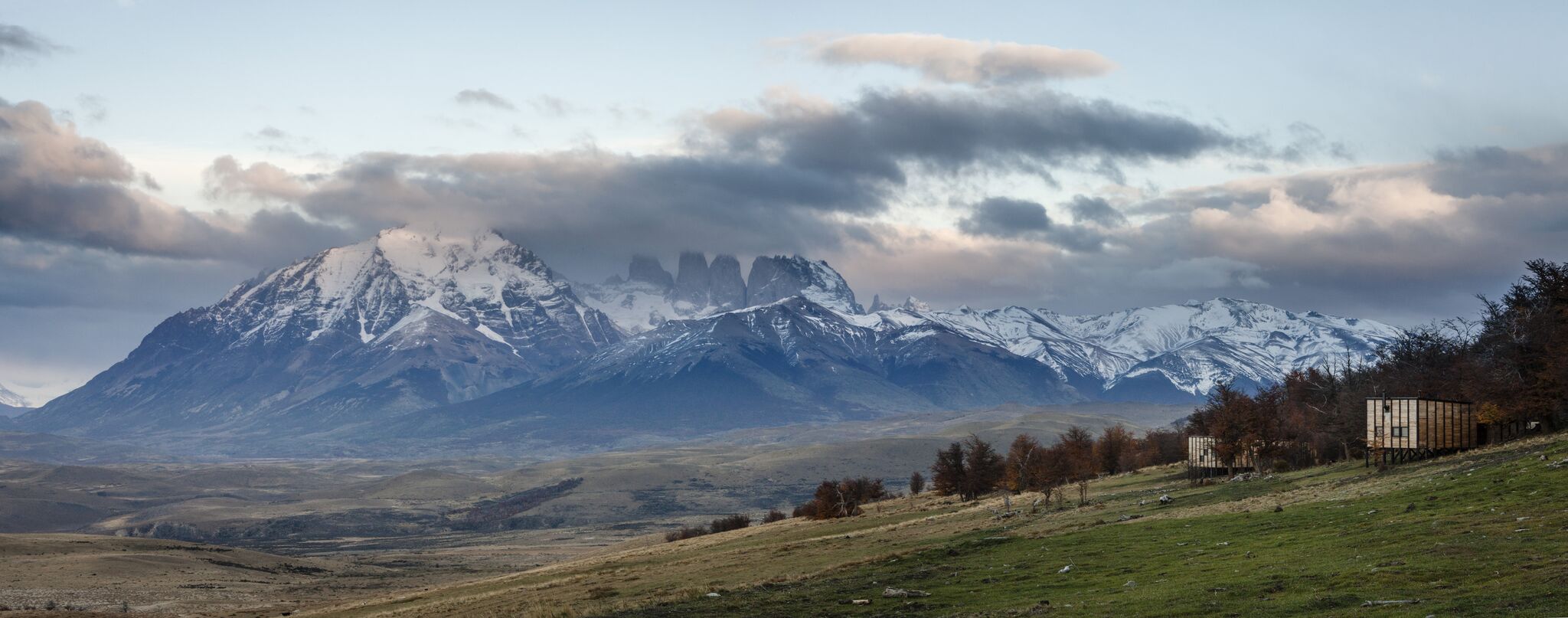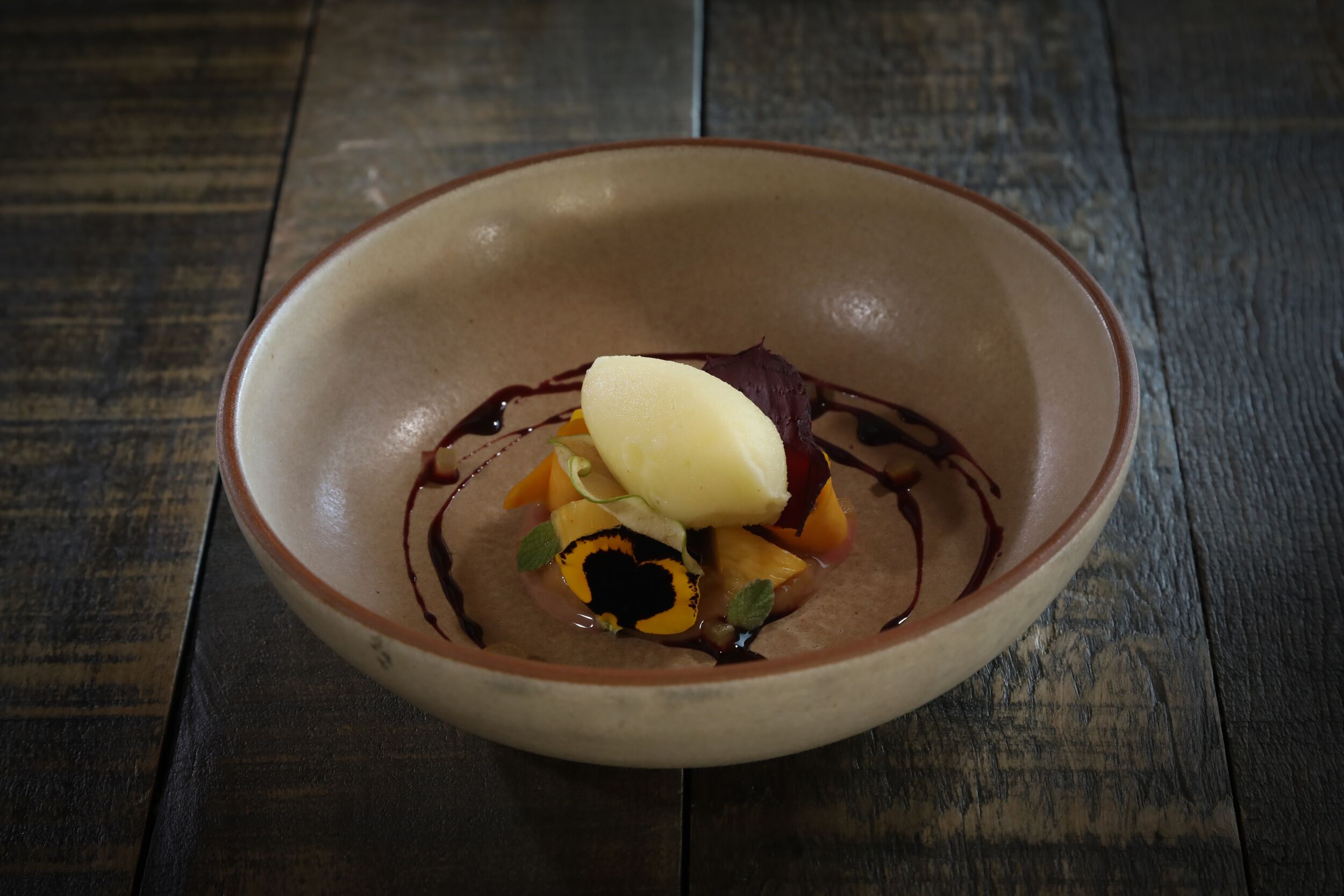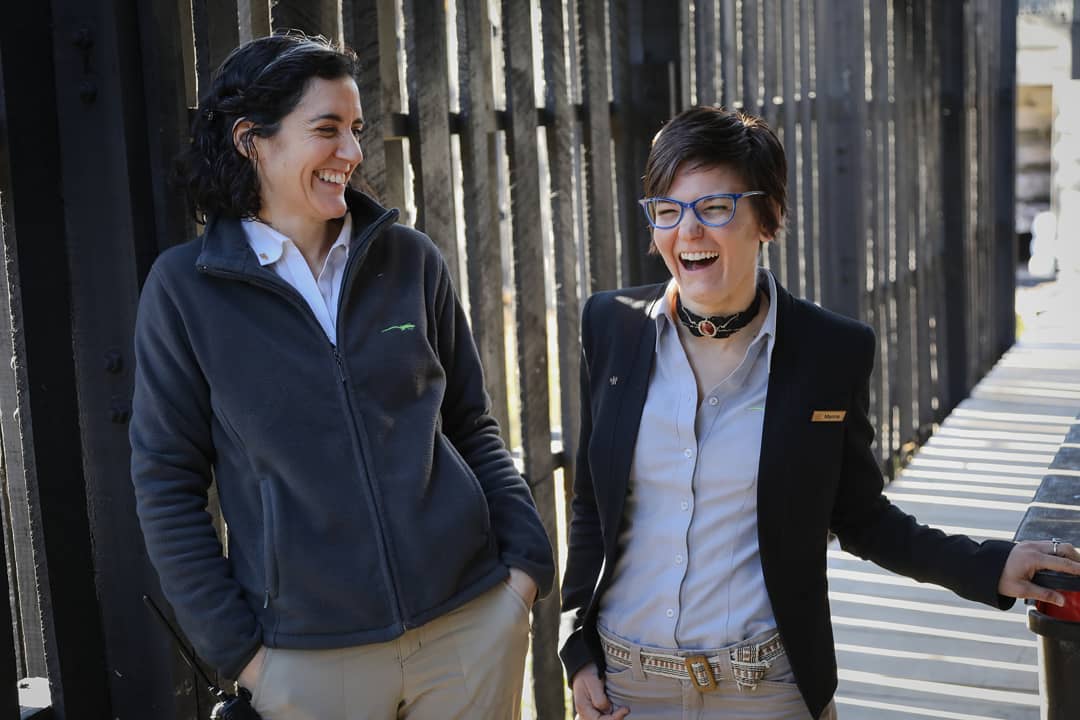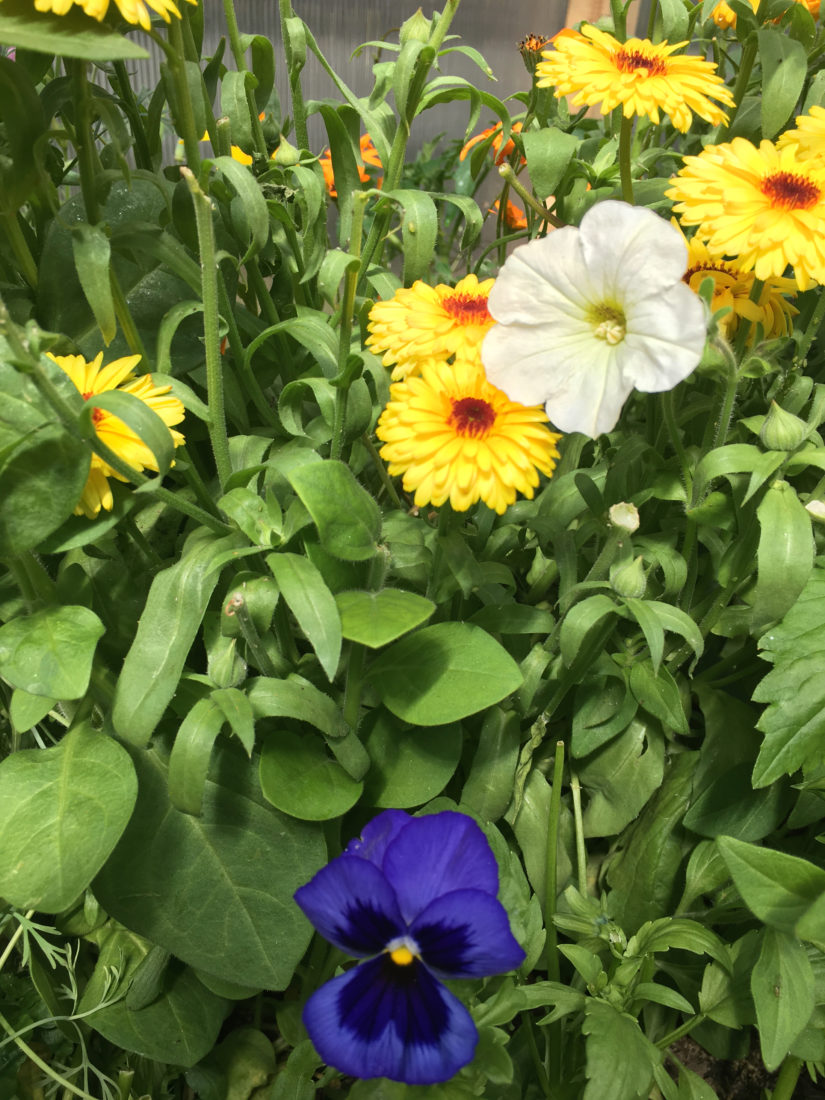At 51 degrees south, our 14-villa lodge Awasi Patagonia is the most Southerly Relais & Chateaux hotel in the world.

Whilst most of us visit to enjoy the stunning Patagonian landscapes and wildlife, our chef Matias Crosta and his team have a particular challenge: how does one feed guests with local produce when living in remote Southern Chile?

It could easily be thought that Patagonia, with its windswept lands and sometimes harsh climate, is no place for agriculture. Surprisingly, this is not the case.

A master of rustling up Relais & Chateaux fare, Matias and the team focus on plant-based dishes, as well as free-range and local, heritage breeds, and, of course, seasonal and locally grown produce. All whilst ensuring dishes are bursting with flavour and elegantly served.

One of the benefits of Southern Chile is that there is plentiful year-round rainfall.
“The pampas are green, the grass is tall and the flowers paint the fields in colour”, says Marina Cano, who oversees Food & Beverage at Awasi Patagonia.
“Do we have sunlight? Plenty!” continues Marina. “We have rain and sun in equal measure as after each hour of rainfall the radiant sun shines out.”
The Awasi Reserve covers 200 hectares, so the team has created a kitchen garden and also use a system of compost to keep the soil rich and full of nutrients.

Despite this, growing locally-sourced produce in Southern Patagonia isn’t without its challenges. Temperatures, even in the summer, are variable and it isn’t unknown to freeze overnight, whilst biting winds scour the landscape.
Furthermore, Chef Matias also happens to be an agronomist with a wealth of knowledge in the area of soil management and crop production. Under his careful tutelage, the kitchen team at Awasi Patagonia has managed to create a highly productive kitchen garden.
Greenhouses, built in 2017 under the supervision of Matias, play a big part in overcoming these problems, allowing the team to moderate temperatures and shield young plants from the wind.

At the beginning of each growing season the team prepare the soil, removing weeds and using compost – made from food waste produced by the kitchen – to make sure everything is ready for the new season.
 As fresh shoots emerge, they are watered and any weeds are removed.
As fresh shoots emerge, they are watered and any weeds are removed.

And after a few months, it’s harvest time! Shoots and aromatic herbs used for cocktails and dishes served in the restaurant are grown on site, as are flowers used to garnish preparations. Salad leaves and even fresh vegetables that give colour and flavour to savoury dishes and desserts also come from the kitchen garden.
“So this is how we source flowers and greens in the most local way possible,” explains Marina, “always guaranteeing the best levels of freshness as our chefs personally go to the kitchen garden and cut whatever they need for their dishes before each meal.”
For more details on Awasi Patagonia, see the dedicated webpage. You may also like to check out the Awasi Film Collection.

